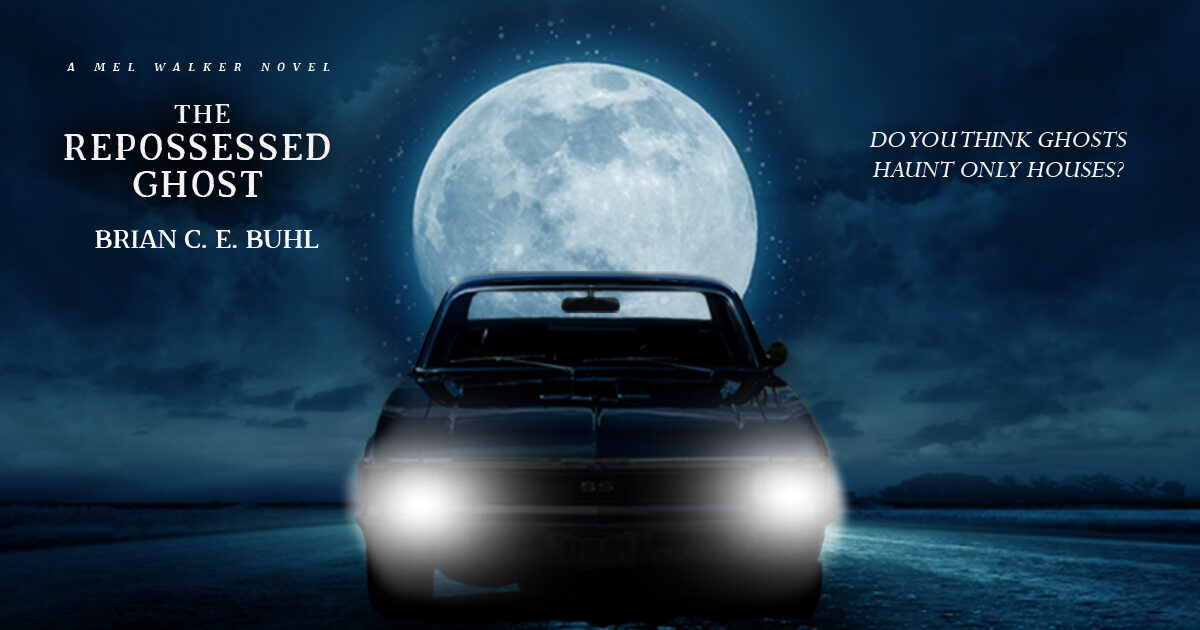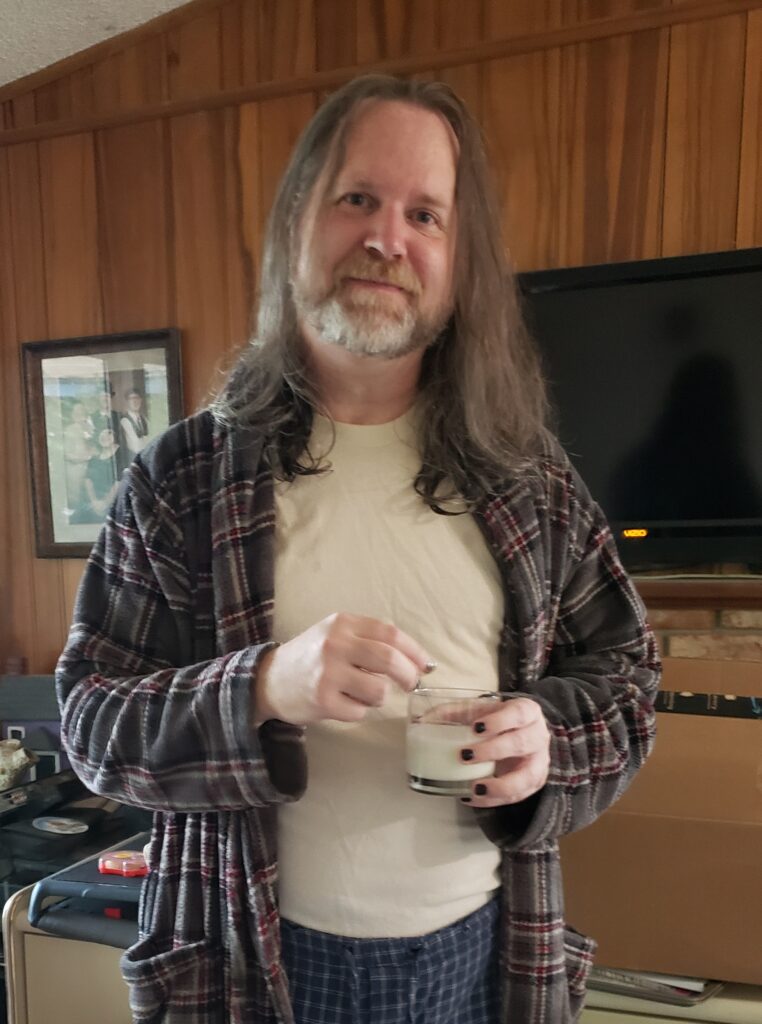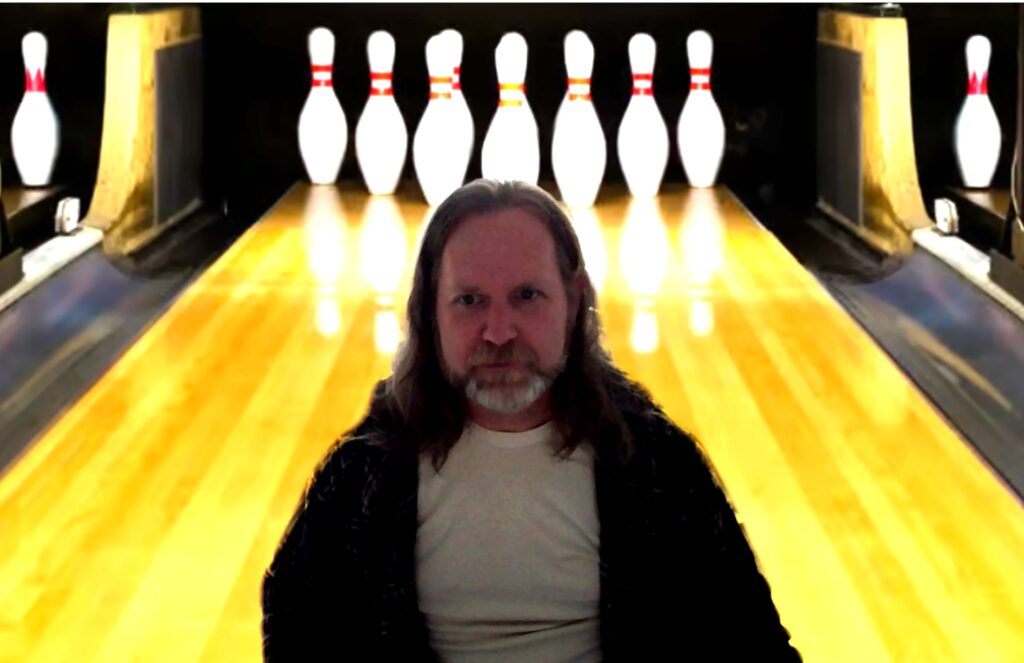When I was younger, I might have picked up a physical copy of Where the Red Fern Grows, but that’s not how I remember reading it. I remember sitting in class during elementary school. Every couple of days, the teacher would read to us, and in my mind, it feels like I read the book myself. I’m not sure I did, but the details of the story are vivid in my mind.
Maybe that’s one of the reasons I love Audiobooks so much. I don’t have a problem reading with my own eyes, but there’s something very comforting about listening to someone read me a story.
The Good #1 — Convenience
Nostalgia aside, audiobooks are extremely convenient. When I was driving to work most days, 45 minutes each way, I could listen to audiobooks and feel like that time wasn’t completely wasted. I went through a bunch of audiobooks like that over the course of several years.
These days, it is really easy to get a subscription to Audible and essentially get a “free” book every month. I can download them to my phone and then listen to them wherever I am. That’s way more convenient than they were growing up. In the 80s and early 90s, audiobooks came on either a bunch of tapes or a CD or two. They were way more expensive back then, too.
The Bad #1 — “It’s Not Reading!”
Before sitting down to write this, Melissa and I had a firm but playful argument about whether or not listening to the book is the same as reading a book. Since this is my blog, I can definitively say that I’m right and she’s wrong, but maybe you share her opinion, in which case, you’re wrong, too.
I will acknowledge that there are differences between reading a book and having a book read to you. This whole post is to highlight some of those differences. Mostly, this specific item on the “con” side of audiobooks is that people seem to enjoy saying, “That’s not reading!” and I think the distinction is semantic and a little bit silly.
I’m writing this blog post, but my hands are nowhere near a pen or pencil. Is it still writing? Yes. And if I tell you that I recently finished Dark Matter by Blake Crouch, is it really so wrong if I say I read it, even though I listened to it via audiobook?
The Good #2 — A Good Reader
Sometimes, a really good reader can elevate the book. For example, I’m not sure I would have recieved the same level of enjoyment from The Dresden Files by Jim Butcher if I had not heard James Marsters reading it to me. Marsters brought voices and performance and gravitas to the material. I know that I wouldn’t have enjoyed it as much with a different reader because Ghost Story was originally read by someone else, and I didn’t like it. The reader was good, but he didn’t deliver the material the same way James Marsters did.
I’m listening to Project Hail Mary by Andy Weir right now, read by Ray Porter, and he’s doing a fantastic job. Looking back through my library on Audible, there are a lot of books I’ve enjoyed read by Ray Porter.
Also good, The Things They Carried by Tim O’Brien, read by Bryan Cranston, and Artemis by Andy Weir, read by Rosario Dawson. Sometimes, celebrity readers can really deliver.
Another shoutout goes out to Mary Robinette Kowal, as she does audio book recordings professionally, for her stories as well as for others. Her readings of The Lady Astronaut books helped me get safely across Nevada a few years ago.
The Bad #2 — A Bad Reader
I will heap praise on good readers and call them out by name. On the flip side, I will acknowledge that there are bad readers, and rather than mention their names, I will just describe what I didn’t like about their readings.
There was a relatively long fantasy series I listened to several years ago, and I had a difficult time getting through one of the middle books because the reader had all of these weird mouth noises while they read. It sounded like they were tasting their tongue with every other sentence. Maybe they had a tongue piercing, or a saliva problem. I don’t know. I just didn’t want to hear it, and it was a huge, terrible distraction.
Then there was a reading of a very popular SciFi book, also part of a series, and it had two readers, a man and a woman. The man’s reading was passing, but the woman’s part was so, so bad. I will add some extra punction to the following so you can read what it sounded like: It’s like. She put. These pauses. Everywhere. That weren’t needed. And I just. Didn’t want. To listen to it.
There is yet another fantasy series that I tried listening to, but the reader kept mispronouncing some of the fantasy names. I know they were mispronouncing them because in the back of the books, there is an index which provides all of the pronunciations for the strange names and words that run all through the series. I read most of the books in the series in paperback, and was trying to finish it out by listening to them on audio while driving to work. The reading was mostly fine, but the odd pronunciations pulled me out and distracted me constantly.
The Good #3 — Multitasking
Some of this overlaps with the first point I made about convenience. In addition to being able to listen to a book while I drive (especially when driving long distances), I like to listen to audio books when I’m doing other things that don’t require a lot of my attention.
For example, I’ve been walking a lot lately. I have a route near my house which is right around 4 miles. During those long walks, I pop in an audiobook and ingest some stories while I’m getting healthier. Today it looked like rain, so I listened to more Project Hail Mary while I rode on the exercise bike.
Other people might be able to do more complex tasks while listening to a book. For myself, the tasks have to be relatively simple and thoughtless. I can’t program and listen to a book, and I don’t think I can cook while an audiobook is playing. I might be able to do some yardwork or other cleaning, but I haven’t tried.
I do like to be doing something else while listening to a book, so sometimes I will fire up Minecraft, dig deep into the ground, and listen to the story while I do some mindless mining.
The Bad #3 — Minor Inconveniences
There are a few nuisances, which I’ll lump together and list here.
You have to have some way to play an audiobook, and your device must have power. If you’re not in a position to play it aloud, you probably also need some headphones. This is all in contrast to books, which operate without batteries. You can’t read in the dark, but you can listen to an audiobook with your eyes closed, so this isn’t that much of a negative.
It’s easier to lose your place in an audiobook than it is to lose your place in a physical book. Rewinding and fast forwarding is not nearly as convenient as turning pages and skimming to find your place if your bookmark should fall out.
If you get momentarily distracted while physically reading, you can go back a couple of sentences and pick up the thread again. If you get momentarily distracted while listening to an audiobook, you have the rewind problem I just mentioned, which can be a real pain in the butt if you’re driving or doing something else that requires the use of your hands.
For some people, audiobooks are simply slower than reading a physical book.
Not all of the best books are on audio. For example, The Repossessed Ghost is not on audio, and based on the sales, it seems unlikely it ever will be. But I remain hopeful.
Final Point — Nuance
This is mostly a negative, but it’s possible to go the other way.
When talking about a book that has been adapted to a movie, the usual consensus is that the book is always better. The main reason for this is that you are an active participant in the tale and within your imagination, you make choice about the details. You imagine what the timbre of someone’s voice sounds like, even when the author gives no guidance. There are a million tiny details that you fill in without even thinking about it, making it a complete immersive experience.
On the big screen, these choices are taken away from you. You become a more passive participant in receiving the story.
That happens as well with audio books. The reader will make choices around inflection and voice acting, which is a reduction in the participation of the person listening to the story.
On the other hand, some people have poor reading comprehension, and the choices made by the audiobook performer can help deliver the story as it was intended to be received.
This one is a little bit of a mixed bag, and it’s also a very minor point.
Concluding Thoughts
I didn’t even mention that I’m at an age where I need reading glasses, and audiobooks let me enjoy a story without hardware on my face.
I like audiobooks. I think they’re groovy, and I seem to be able to retain the details of the stories in my mind almost as well as when I read them with my eyes. Additionally, audiobooks are helping me exercise more and become a healthier version of myself.
Audiobooks are good, regardless of whether or not you think of it as reading.


